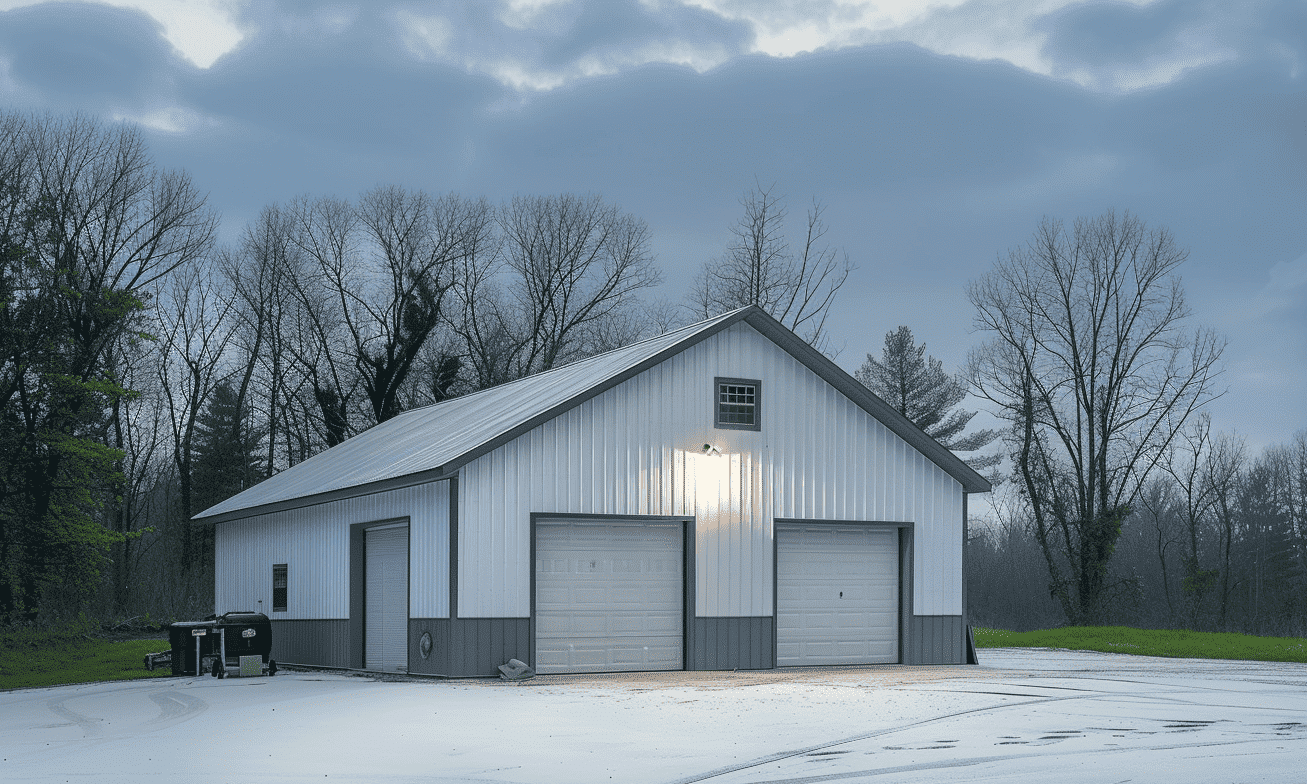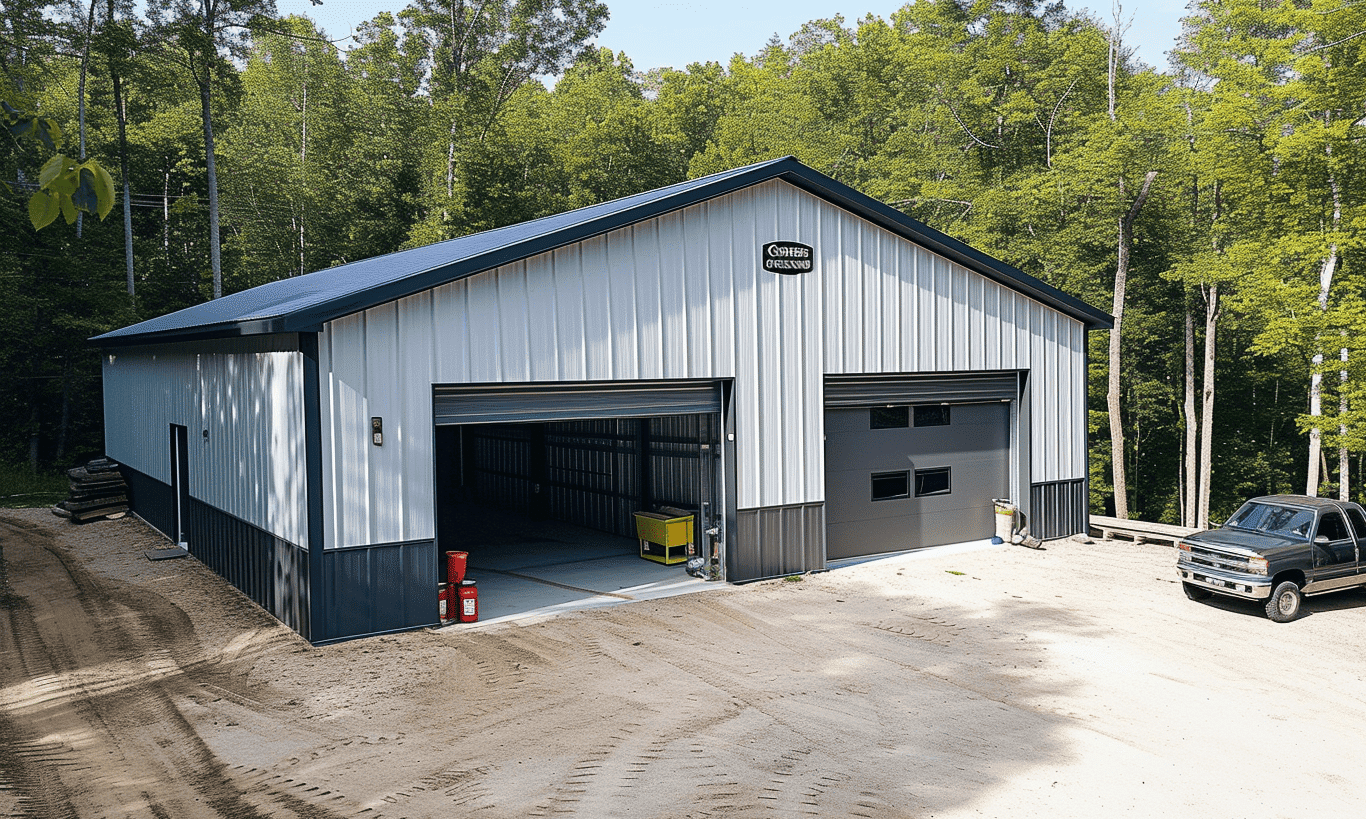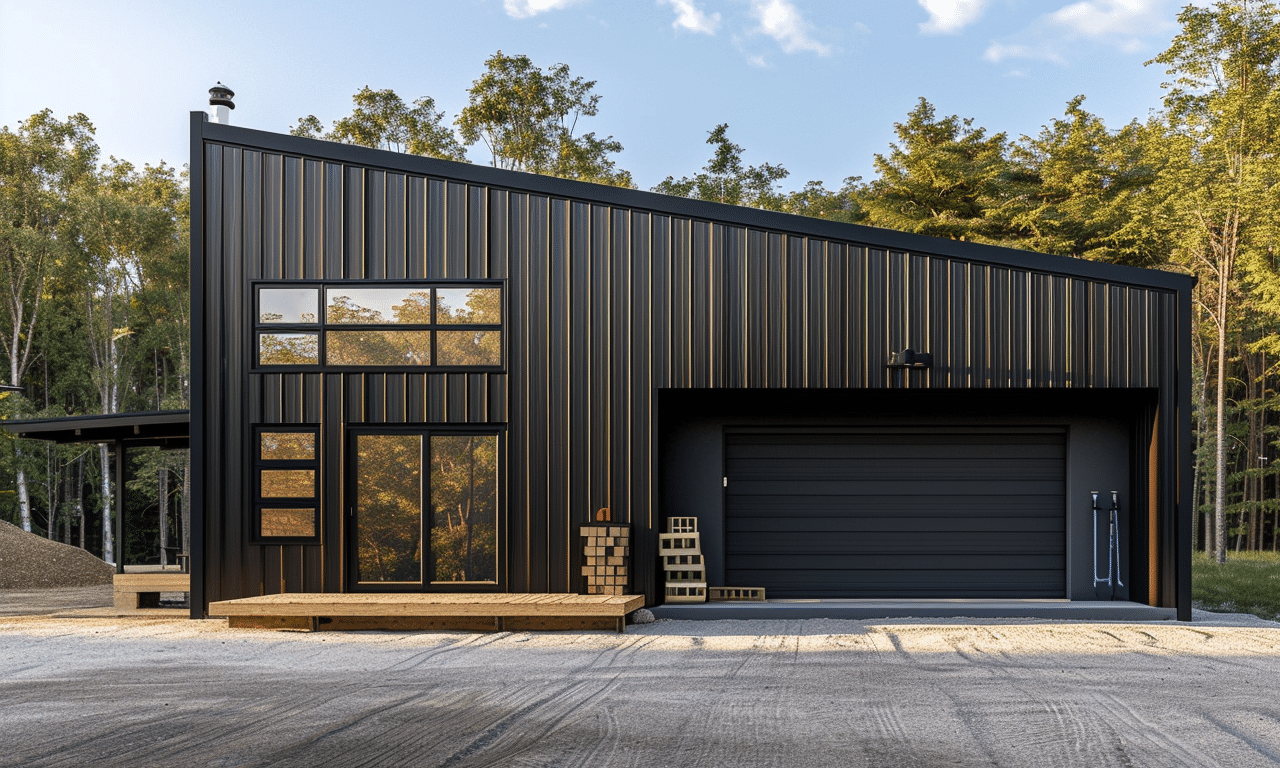The Construction and Real Estate Impact of Paid Parking at Montreal’s Sports Complexes
The city of Montreal recently announced the transformation of around 400 free parking spots at the Claude-Robillard sports complex into paid parking. This move, aimed at discouraging misuse of the lot by non-patrons, has stirred up concerns among the athletes and users of the facility. With an emphasis on the impact of such parking changes on construction and real estate developments, this analysis delves into the deeper implications of such a move.
The Necessity of the Change
While the announcement of transitioning to paid parking has caused an uproar among the athletes and users, it’s important to understand the necessity of the change. Shockingly, misuse of the free parking lot was rampant, with many individuals using the space without actually utilizing the facility. From a city-planning and management perspective, this action was deemed necessary to curb such activities and reserve the spots for legitimate patrons.
Real Estate and Construction Perspectives on Parking

Paid parking at sports complexes can affect real estate developments in the proximity. This is especially the case if ample parking contributes to an area’s attractiveness for potential property buyers or renters. In neighborhoods where properties boast the proximity to sports facilities as major selling points, such changes can exert influence on property values.
In construction terms, designers and architects of commercial and communal building projects carefully consider parking allocations in the planning phase. The delicate balance between necessity and facility lies at the core of their decisions.
The Construction Challenges of Expanding Parking Spaces
The idea of simply expanding the sports complex’s parking area is a quick-fix solution. However, in complex urban setups, extensive construction projects like parking lot expansions can face myriad challenges. Procuring additional land can be prohibitive, and the environmental impact of creating larger impervious surfaces warrants attention. Introducing paid parking, thus, becomes a judicious decision.
Alternative Construction Solutions: Metallic Buildings

Despite such challenges, alternative construction solutions such as modular metallic buildings can offer scalable parking solutions. These pre-engineered structures, which can serve as garages, offer time and cost efficiency and can be expanded with ease compared to traditional construction methods.
Looking Ahead: Implications for Montreal’s City Planning
While the transition from free to paid parking at Montreal’s sports complexes may appear trivial on the surface, the decision has far-reaching implications in terms of city planning, construction, and real estate development. Ultimately, every transition presents opportunities for ingenuity and innovation.
Final thoughts

The reconsideration of Montreal’s parking policies highlights a growing issue in modern urban development. As cities continue to grow, the demand for spaces like parking lots will continue to intensify. Therefore, developers, city planners, and officials must seek practical solutions to cater to the evolving needs of the community. The original news source can be accessed here.
Engaging in constructive conversations around these issues will assist in the identification of sustainable solutions. Construction companies and developers can also learn from these discussions, potentially leading to innovative approaches and alternatives such as metallic buildings.
We welcome your thoughts and experiences on this topic. How do you think such transitions to paid parking in public facilities impact real estate and construction trends in urban areas? Please share your views and ideas in the comments below!




